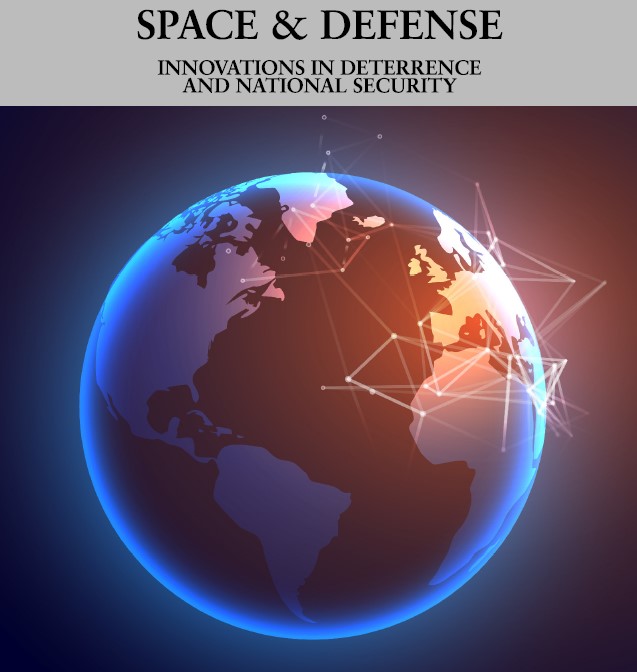Space and Defense

Abstract
This article argues that in the unique physical and operational environment of outer space, offensive operations hold intrinsic advantages over defensive ones. Drawing upon classical military theorists such as Clausewitz and Corbett, the author contends that the traditional dominance of the defensive form of war—rooted in terrestrial conditions—does not extend to celestial conflict. The transparency and remoteness of the space domain neutralize key defensive benefits, such as proximity to supply bases, concealment, and fortified positions, while also diminishing the factors that typically cause terrestrial offensives to culminate. Consequently, space conflict favors the side that seizes and maintains the initiative through offensive action. The article introduces the concept of a “parallel offensive,” whereby defense in space is achieved not through passive fortification but through immediate, coordinated counterattacks that contest the adversary’s initiative. Although an offensive advantage in space may challenge strategic stability and increase first-strike incentives, it need not make war inevitable. Through deterrence strategies, cross-domain integration, and arms control measures, states can mitigate these destabilizing effects. The study thus redefines the logic of “space defense” as an inherently active, offense-oriented enterprise.
DOI
10.32873/uno.dc.sd.16.02.1319
Creative Commons License

This work is licensed under a Creative Commons Attribution 4.0 License.
Recommended Citation
Kleitz, Alexander R.
(2025)
"In Defense of Space Offense,"
Space and Defense: Vol. 16:
No.
2, Article 7.
DOI: 10.32873/uno.dc.sd.16.02.1319
Available at:
https://digitalcommons.unomaha.edu/spaceanddefense/vol16/iss2/7
Included in
Asian Studies Commons, Aviation and Space Education Commons, Defense and Security Studies Commons, Eastern European Studies Commons, International Relations Commons, Leadership Studies Commons, Near and Middle Eastern Studies Commons, Nuclear Engineering Commons, Science and Technology Studies Commons, Space Vehicles Commons
